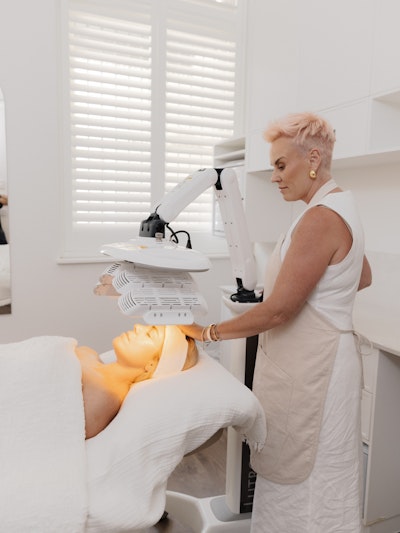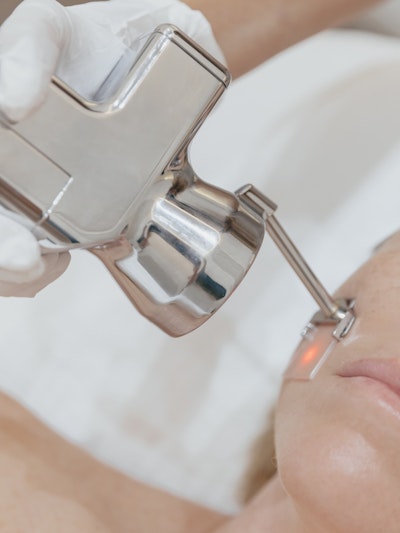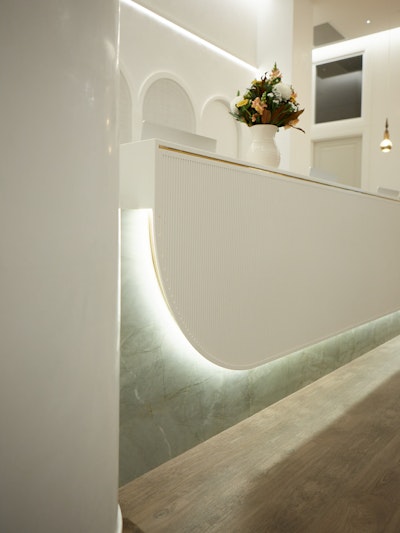
Scarring is a natural part of the body’s healing process, occurring after events such as acne, injury, or surgery. The way a scar forms is influenced by many factors, including genetics, the nature of the wound, and how the tissue repairs over time.
For most people, scars gradually change in appearance as they mature, although the process and outcome can vary widely between individuals.
Some scars are raised and thickened, such as keloid or hypertrophic scars. Others may appear indented or pitted if fat or muscle tissue has been lost due to injury. Scars can also occasionally limit movement if they form across joints or if the underlying tissue does not heal evenly. In other situations, scars may simply appear more prominent in colour or texture compared with surrounding skin. These variations are part of the normal spectrum of scar formation.
A range of non-surgical options are available that may be considered depending on the type, location, and maturity of a scar. Modalities such as microchanneling, laser-based therapies, light-based treatments, or energy devices can be discussed where appropriate. Some approaches are used early in the scar maturation process with the aim of supporting healing, while others are considered later to assist with texture or colour differences. The choice of treatment, if any, depends on an individual’s circumstances and clinical assessment.

Bio-Remodelling

Microchanneling

LED Light Therapy

HALO™

Er:YAG laser

BBL® HEROic

ClearSilk

Forever Clear BBL™

MicroLaserPeel

NanoLaserPeel

EXION Fractional RF®
Scars form and mature differently for each person, therefore a consultation with a qualified health practitioner is essential. This allows for assessment of the scar, discussion of whether any treatment is suitable, and explanation of possible benefits, risks, and alternatives. All decisions are informed, voluntary, and based on an individual’s situation.
Have some questions for our team first?
Email us at [email protected] or call our Care Team on (02) 4002 4150.